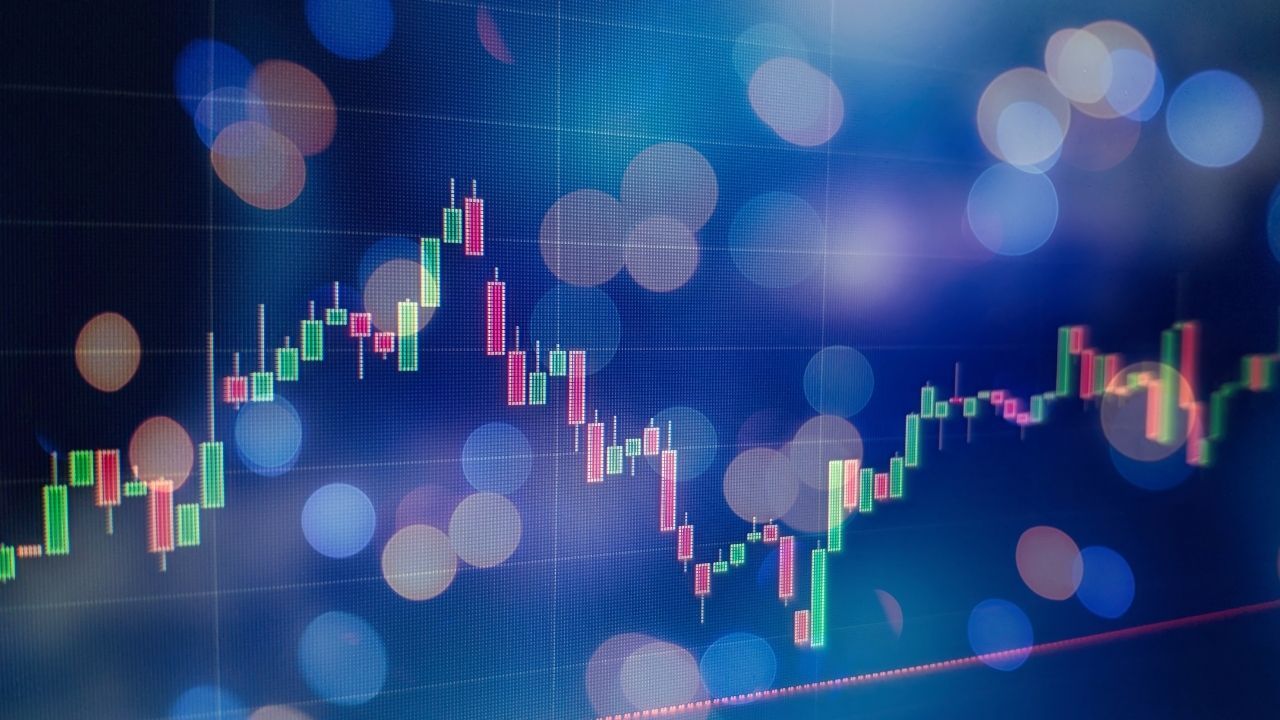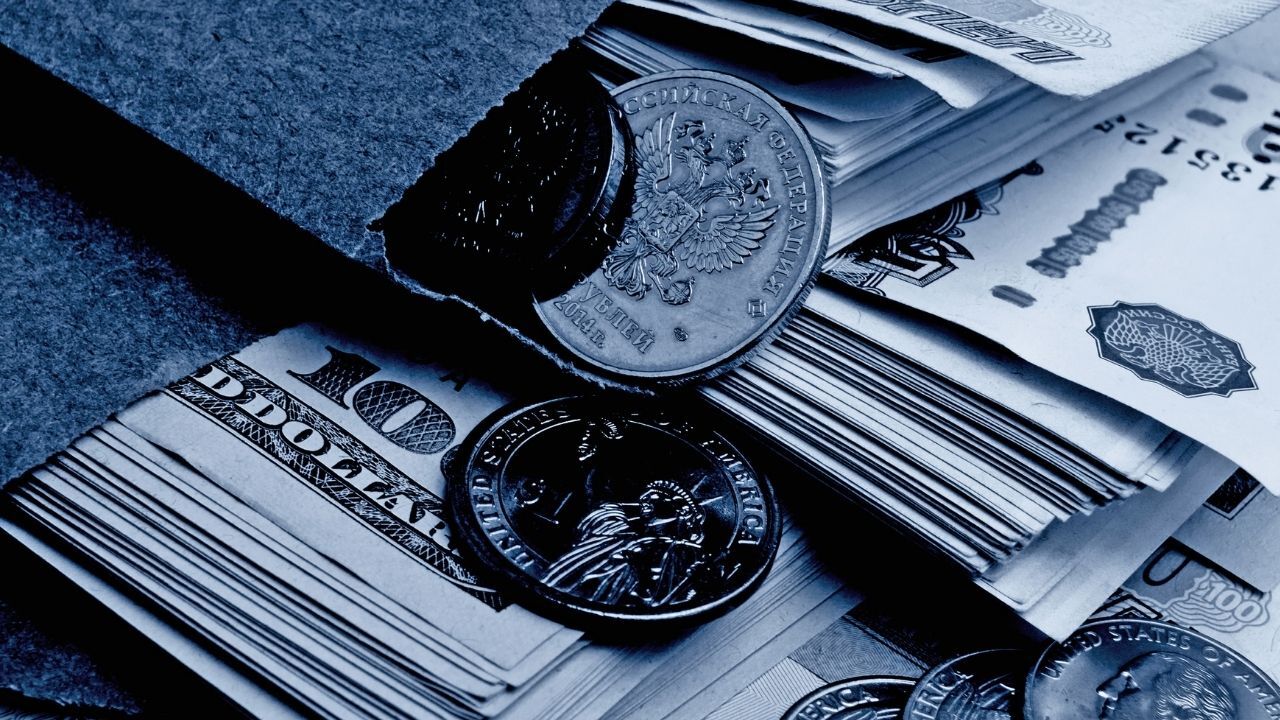Alison and Chris cover a range of topics, including how to choose a Forex broker, safety and regulation, how to reduce your risk, trading psychology, trading platforms, and trading strategies, among others.
The FxScouts podcast helps beginner Forex traders get the best start to their trading careers.













